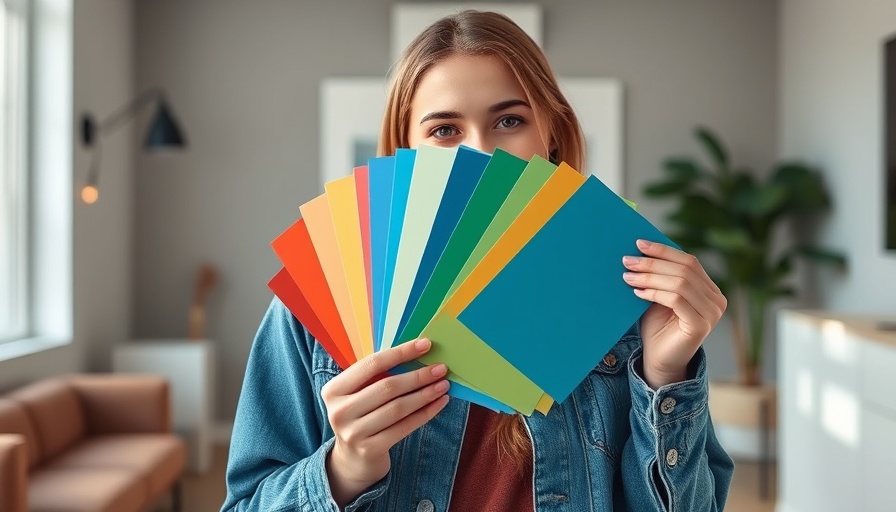
Understanding Color Constancy in Interior Design: A Hidden Challenge
Have you ever noticed that colors might seem different depending on the lighting? This intriguing phenomenon is known as color constancy, a factor that can significantly affect interior design decisions. When light reflects off surfaces, our brains work overtime to maintain a consistent perception of color, even as light conditions vary. This ability is crucial but can lead to confusion, particularly when viewing photos online where you don't have the full context in terms of lighting and shade.
Color Constancy Confusion: The Case of the Virtual Design
Color constancy confusion arises when the brain misinterprets color cues due to incomplete information. A classic example of this was the viral debate over the color of "The Dress"—whether it was white and gold or blue and black. This happened because the photograph lacked clear lighting context. In interior design, similar scenarios occur frequently, especially when homeowners choose designs based solely on photographs, which might not accurately represent colors due to lighting alterations.
The Impact of Color Accuracy on Upscale Home Design
For affluent homeowners eager for upscale kitchen remodels, understanding color constancy can make or break a project. Say you spot a premium countertop online that seems perfect, thanks to a lavish photo. But without seeing these elements under your home's specific lighting, you risk ending up with a mismatched vision. Considering professional design advice, along with in-person inspections, can help avoid these pitfalls, ensuring that luxury kitchen designs meet high standards of quality and aesthetics.
Helpful Tips for Navigating Color Constancy
To mitigate color constancy confusion, always examine color samples under different lighting conditions in the intended space. Use technologies like augmented reality apps that showcase how colors will look in your home environment. Consulting with professional designers who grasp these intricacies can provide insights that lead to more successful design outcomes.
 Add Row
Add Row  Add
Add 




 Add Row
Add Row  Add
Add 

Write A Comment